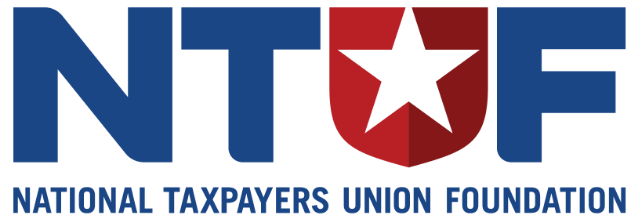The Tax Cuts and Jobs Act (TCJA) of 2017 permanently reduced the corporate income tax rate from 35% to 21%, boosting U.S. competitiveness, investment, and wages. Lowering the corporate tax rate further would mean more jobs, better paychecks, and a stronger economy for everyone.
Lower corporate tax rates keep the United States economically competitive.
- Before TCJA, the U.S. had the highest average corporate income tax rate among countries in the Organization for Economic Cooperation and Development (OECD).
- The U.S. federal rate is now 21%—aligned with the OECD average. The average OECD tax rate has remained at 21% since 2019.
- With average state corporate tax rates of 4.8%, the U.S. combined average corporate tax rate is 25.8%.
- A globally competitive tax rate helps prevent companies from shifting operations, headquarters, and jobs overseas. Corporations worth over $300 billion moved overseas before TCJA compared to no corporations that have relocated since.
Companies produce more growth and job creation throughout the economy with lower corporate tax rates.
- Unlike targeted tax breaks that favor select industries, lowering the corporate tax rate benefits all business sectors. Permanently cutting the corporate tax rate spurs more growth and investment than temporary cuts. Studies show that temporary business tax cuts only lead to temporary growth effects that fade once the policy expires.
- A study by the National Bureau of Economic Research and the Treasury Department showed that corporations increased domestic investment by 20% after TCJA and before the pandemic, with half of that boost attributable to the lower corporate tax rate.
- The Tax Foundation finds that reducing the corporate rate by one percentage point to 20% would add 16,000 full-time jobs to the economy. Reducing the corporate tax rate to 15% would add 93,000 full-time jobs.
- In contrast, raising the corporate tax rate would hurt growth: for every $1 billion in revenue raised from raising the corporate tax rate, economic output drops by nearly the same amount, according to the Tax Foundation.
Low corporate tax rates benefit middle-class workers and consumers.
- Employees received much of the benefit from the TCJA’s tax reforms. Real median household income hit a record high in 2019, with much of the increase attributable to the fastest wage growth in two decades. Wage growth for middle-class taxpayers grew 50% faster than for higher-income earners.
- Corporate tax hikes have a regressive impact: studies show that half of the burden falls on workers, with low-income, young, and female workers disproportionately impacted. Other research finds that a $1 increase in corporate tax revenue can reduce wages by up to 49 cents.
- Higher corporate tax rates lead to higher prices, with nearly a third of the burden falling on consumers. In fact, the lowest priced goods and those most often purchased by the lowest-income households are the most affected by corporate tax rate increases.
Although tax cuts do not pay for themselves, lowering the corporate tax rate does not proportionally reduce corporate tax revenue.
- Before TCJA, the United States’ uncompetitive corporate tax rates led to a surge in corporate inversions—when a corporation relocates its tax residency abroad to avoid high taxes. In 2014, ten major U.S. corporations worth over $300 billion announced plans to relocate their headquarters outside the U.S. After these announcements, corporate tax revenues fell from $340 billion in 2014 to $230 billion in 2017. Since TCJA’s passage, no corporate inversions have been identified.
- Despite reducing the rate, corporate income tax revenues remained relatively stable in the years following TCJA, declining by only $5 billion between 2017 and 2020.
- Today, corporate tax revenue has hit record highs every year since 2022, surpassing projections from prior to tax reform. While tax cuts do not “pay for themselves,” corporate tax revenue as a share of GDP is higher now than it was before TCJA.

